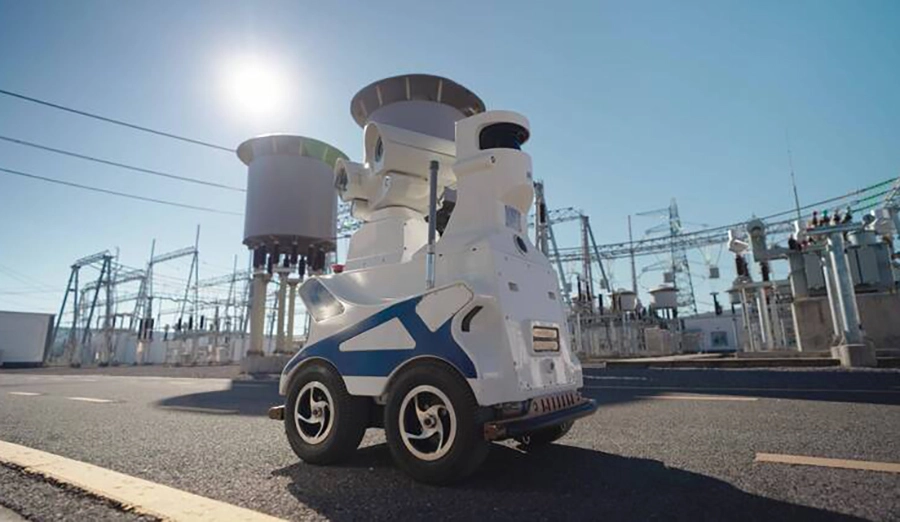
WIRELESS CHARGING IN THE NEWS
In the current era of vigorous development of smart agriculture, smart agriculture inspection robots are like "intelligent guardians" in the fields, undertaking important tasks such as monitoring crop growth and early warning of pests and diseases. However, the charging issue of robots is like a hidden concern, constantly bothering agricultural practitioners. The traditional charging method is not only inefficient but also has many pain points, which seriously affect the normal operation of inspection robots and the efficient development of agricultural production. The emergence of wireless charging technology is like a timely rain, providing a perfect solution to the charging problem of smart agricultural inspection robots.
Under the traditional charging method, smart agricultural inspection robots are facing numerous difficulties. Firstly, the plug-in charging operation is cumbersome and requires manual intervention. This not only increases labor costs in large-scale agricultural production but also reduces work efficiency. The agricultural production environment is complex and changeable. Professional charging facilities are often lacking in the fields and at the edges of the farmland. It is very difficult for robots to find suitable charging positions, resulting in untimely charging and affecting the continuity of inspection tasks. Furthermore, frequent plugging and unplugging operations can easily cause wear and damage to the charging interface, reducing the service life of the robot and increasing maintenance costs. Moreover, in harsh agricultural environments such as damp and dusty conditions, charging interfaces are prone to corrosion and contamination, posing safety hazards.
In contrast, wireless charging technology has brought revolutionary changes to smart agricultural inspection robots. Wireless charging breaks free from the constraints of traditional charging cables and enables automated charging. When the inspection robot's battery is low, it can automatically return to the charging area and complete the charging process without manual intervention, greatly improving work efficiency. Whether in the scorching summer or the biting winter, wireless charging can operate stably, providing continuous power support for robots.
Wireless charging technology also features a high degree of flexibility and adaptability. It is not restricted by the charging interface and can achieve efficient charging regardless of the position and posture of the robot. This means that inspection robots can move freely over a larger area, cover farmlands more comprehensively, and provide more accurate monitoring and management for agricultural production. Meanwhile, wireless charging devices can be flexibly arranged according to actual needs, not restricted by site and space, providing more possibilities for the intelligent upgrade of agricultural production.
Safety is also a major advantage of wireless charging technology. Wireless charging adopts advanced electromagnetic induction and magnetic resonance technologies, avoiding the safety hazards brought by plug-in charging. During the charging process, the wireless charging device can automatically detect the robot's battery level and temperature, and adjust the charging parameters in real time to ensure the safety and reliability of the charging process. Even in harsh environments such as damp and dusty conditions, wireless charging devices can operate normally, effectively preventing safety accidents caused by corrosion and contamination of the charging interface.
In addition, wireless charging technology also features energy conservation and environmental protection. It adopts highly efficient energy conversion technology, reducing energy loss and lowering energy consumption. Compared with traditional charging methods, wireless charging is more environmentally friendly and meets the requirements of modern society for sustainable development.
In the wave of smart agriculture, wireless charging technology has injected new vitality into inspection robots. It addresses the pain points of traditional charging methods and provides a more efficient, flexible and safe charging solution for agricultural production. Let's embrace wireless charging technology, usher in a new era of smart agricultural inspection, and contribute to the intelligent upgrade and sustainable development of agricultural production.







